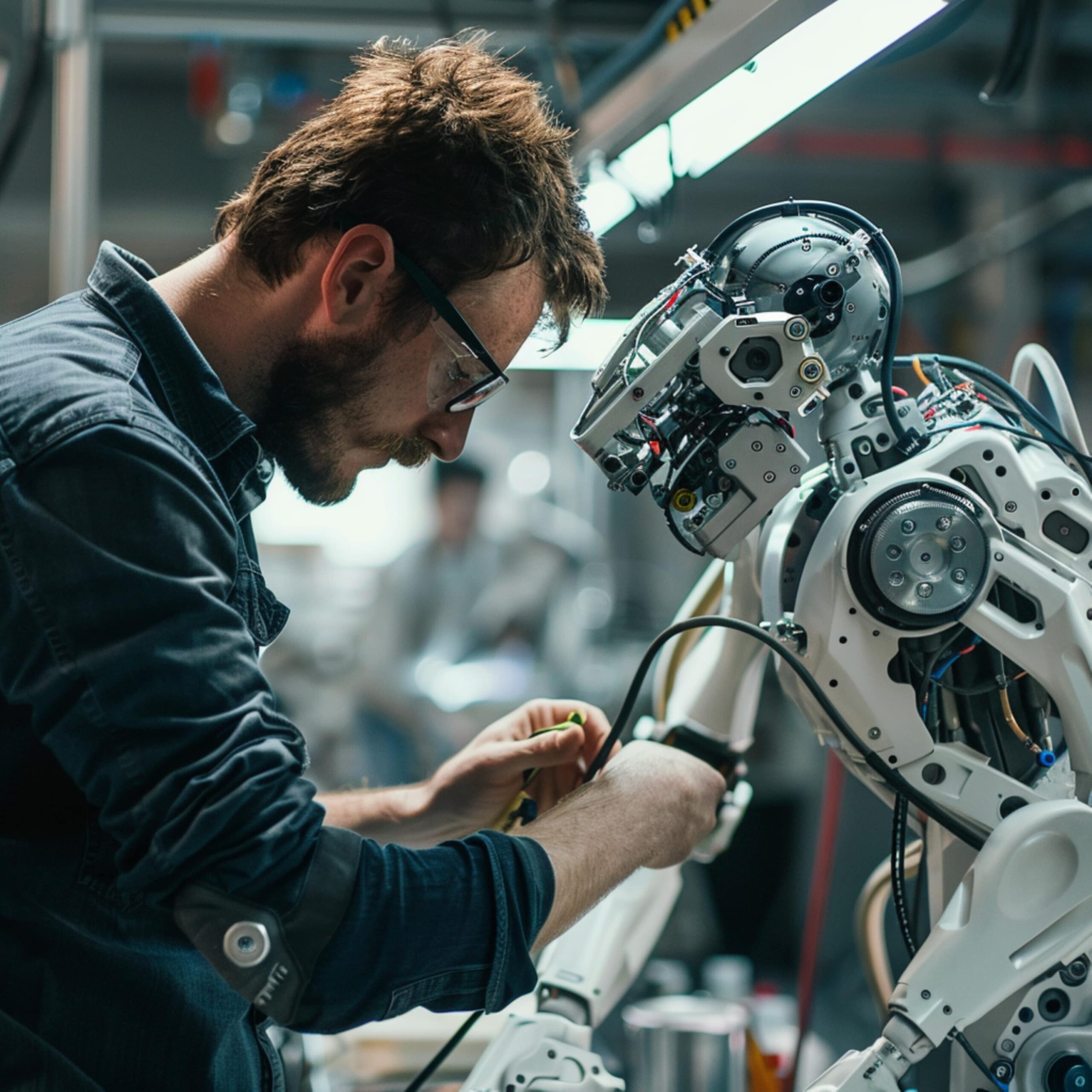
Emerging Technologies in Sports Equipment Manufacturing
The sports equipment manufacturing industry is undergoing a technological revolution, transforming how products are designed, produced, and experienced by athletes and consumers. Innovations in materials, automation, and digital tools are not only enhancing performance but also creating new opportunities for manufacturers and brands in India and globally.
Advanced Materials for Enhanced Performance
Modern sports equipment increasingly relies on advanced materials such as carbon fiber, lightweight alloys, and high-performance polymers. These materials improve durability, reduce weight, and enhance performance for athletes. For example, tennis rackets, bicycles, and protective gear are being designed using composite materials that optimize strength and flexibility while minimizing fatigue, giving athletes a competitive edge.
Automation and 3D Printing in Manufacturing
Automation and 3D printing are reshaping production processes in sports equipment manufacturing. 3D printing enables rapid prototyping, customization, and on-demand production, allowing manufacturers to create equipment tailored to individual athlete requirements. Automated machinery and robotics improve production efficiency, reduce errors, and maintain consistent quality, driving cost-effectiveness and scalability for manufacturers.
Integration of Smart Technologies
Smart technology is increasingly embedded in sports equipment, from wearable sensors to connected devices. These innovations track performance metrics such as speed, strength, and technique in real time. For example, smart tennis rackets and basketballs provide instant feedback to athletes, enabling data-driven training and improved performance. This convergence of hardware and software is creating a new era of intelligent sports equipment.
Conclusion
Emerging technologies are revolutionizing sports equipment manufacturing by enhancing performance, enabling customization, and integrating smart features. Manufacturers that adopt advanced materials, automation, and connected technologies can deliver superior products, cater to evolving consumer demands, and stay competitive in a rapidly growing market. As the sports industry embraces innovation, the future of equipment manufacturing promises smarter, safer, and more effective solutions for athletes worldwide.













Post Comment